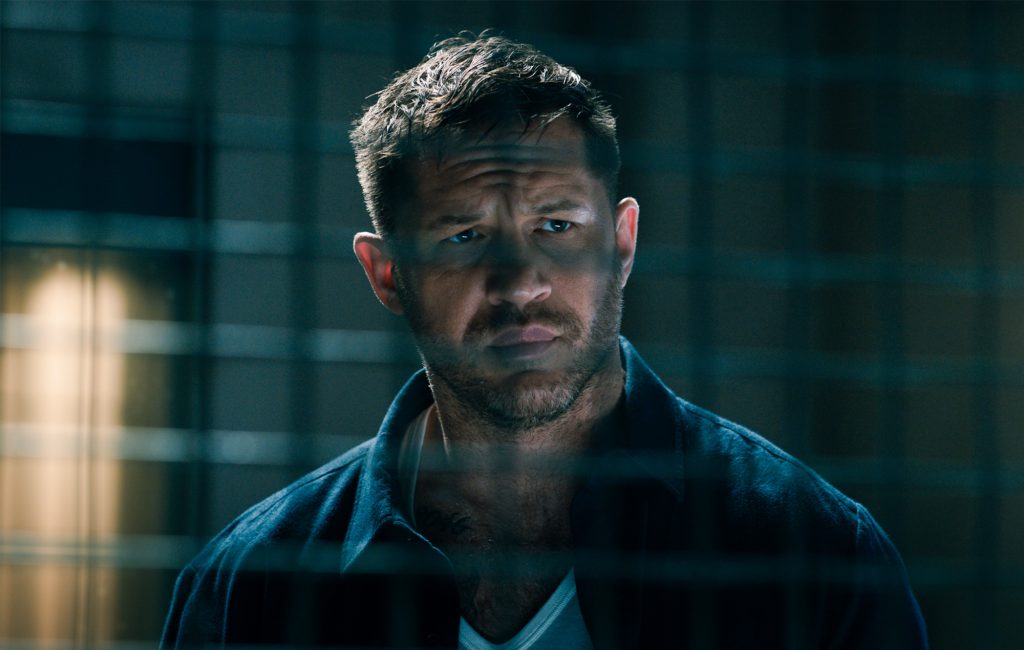Edward Herman and Noam Chomsky presented the Propaganda Model in 1988 along with its five key filters:
1 Size, Ownership, and Profit
2. Advertisement
3. News source
4. Flaking
5. Anti-communism or fear-based narratives.
Their model focuses on the multilevel effects that inequality of wealth and power has on mass-media interests and choices (Durham, 2006). Through these filters, those who have money and power filter news and media to get their messages to fix a certain premise of discourse and interpretation in society.
Control and censorship hold some value in society as structure and safety can put a general person at ease. Media control and censorship is often most recognizable in authoritarian regimes, but propaganda can be prevalent and subtle in all contexts. Przeworski describes propaganda as an ŌĆ£instrument of rule in every regimeŌĆØ to ŌĆ£mobilize people toward shared goalsŌĆØ (2023). It is about influencing people. These filters seem to be in effect because people do not seem to know when something may be censored. By draining and filtering information that may cause division as a result from a message, removes the audiencesŌĆÖ awareness of choice in understanding the truth. The filters strongly relate to Stuart HallŌĆÖs theory in Decoding/Encoding a message and prompt further thought on what might the curators of scripts, scenes, and symbols be subtly encoding in their propaganda messages. As an example of these filters in action, letŌĆÖs look at how some of them are at play in SonyŌĆÖs 2018 film Venom.

Eddie Brock is the main character, a journalist who works for a mainstream news outlet. His motivation clashes often with the corporate company he works with, as he aims to tell the truth in his stories while his company aims for profit.
Filter #3 News Source
Eddie BrockŌĆÖs style of journalism relies heavily on whistleblowers and insiders. Unlike typical mainstream news, Brock uses sources that are not big ŌĆ£authoritativeŌĆØ voices like officials or spokespeople. While using nontraditional sources is not a fully reliable way of journalism, Brock can dig further into the underbelly of big corporations.

Filter #1 Size, Ownership, and Profit
Brock is fired from his company after he interviews the CEO of the Life Foundation, Carlton Drake. He attempts to investigate the unethical experiments that the foundation is undergoing. The Life Foundation shows its influence in the media by being able to govern what the media knows about its work ŌĆō maintaining a narrative that benefits its operations while simultaneously being able to disregard ethical guidelines under the radar. In the end, BrockŌĆÖs company is less concerned with revealing the truth and more concerned about maintaining a profitable relationship with the powerful Life Foundation.

There seem to be proper boundaries of public expression. Moderation in media is more common than we think as ŌĆ£there is no platform that does not impose rules, to some degreeŌĆØ (Gillespie, 2018). Brock has good intentions with his work and is trying to reveal the bad intentions behind the Life Foundation, but due to the influence and power of the system, they exercise their moderation when he crosses their line. Eddie Brock made the big bosses unhappy and did not stick with the appropriate discourse, resulting in his removal, which relates to filter #4.
Filter #4 Flaking
When Eddie Brock challenges the foundation’s integrity and threatens the status quo, he is punished and fired to protect the corporate interest. The Life Foundation exercised its influence on the media by discrediting Brock.

While media is regulated through public interest (and often times for profit) and through the say of big corporations, Brock still attempts to exercise his own right to free speech. In discussing the Propaganda Model and how who dictates what can and canŌĆÖt be said, freedom of speech seems to be challenged. One perspective would be that when ŌĆ£an activity causes ŌĆśharmŌĆÖ, [it is then] a sufficient reason for regulating itŌĆØ (Amos, 2012) but often the control goes unnoticed and can be twisted or unclear on who is being harmed and who is protecting their profit-benefits, like the Life Foundation.
References:
Amos, M., Harrison, J., & Woods, L. (2012). Freedom of expression and the media. Martinus Nijhoff Publishers.
Durham, M. G., & Kellner, D. (2006). Media and cultural studies: keyworks: Vol. Keyworks in cultural studies (Rev. ed). Blackwell.
Gillespie, T. (2018). Custodians of the InternetŌĆ»: Platforms, Content Moderation, and the Hidden Decisions That Shape Social Media. Yale University Press.
Przeworski, A. (2023). Formal Models of Authoritarian Regimes: A Critique. Perspectives on Politics, 21(3), 979ŌĆō988.


Hi Veronika!
Well done on your blog post! Your post provides a critical and compelling breakdown of the Propaganda Model and you connected it so well with Venom which has been a very conversational topic in pop culture. The analysis of how the filters manifested the narrative of Eddie Brock’s conflict with the Life Foundation is such an interesting and intriguing read. You have written an engaging and strong post, however, next time do consider adding real-world examples as it will add more depth to your work.
Wonderful post! I liked how you used Eddie Brock to explain media manipulationŌĆöitŌĆÖs such a clever way to make the topic relatable. The way you showed how the media twists stories to suit their own agenda was really interesting. One thing you could add is how this connects to social media today, like how algorithms push certain narratives or how misinformation spreads so quickly. That could make it even more relevant to modern media. But still, such a nice blog to read.
This passage does a great job of breaking down how Venom reflects real-world media control and power dynamics.! I found it really interesting how Eddie BrockŌĆÖs fight to reveal the truth shows the challenges journalists face when they go against powerful corporations. ItŌĆÖs frustrating but also very realistic to see how the Life Foundation manipulates the media to protect their own interests.
The example of Filter #3 stood out to me because it shows how relying on whistleblowers and insiders can uncover deeper truths. I like how EddieŌĆÖs approach to journalism is different from the usual focus on big ŌĆ£officialŌĆØ sources, but itŌĆÖs clear that this makes him more vulnerable.
The discussion about censorship was also thought-provoking. I agree that itŌĆÖs hard to tell when censorship is really about protecting the public and when itŌĆÖs just about maintaining control. This made me think about how often we might accept media messages without questioning who is behind them. Overall, I thought the connection between the Propaganda Model and Venom was really eye-opening and made me think more critically about the media I consume.